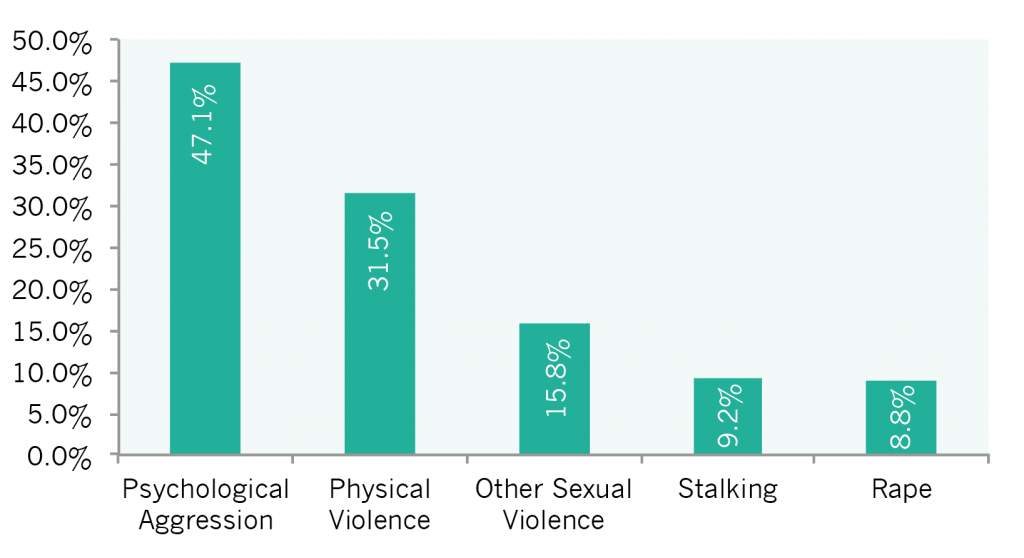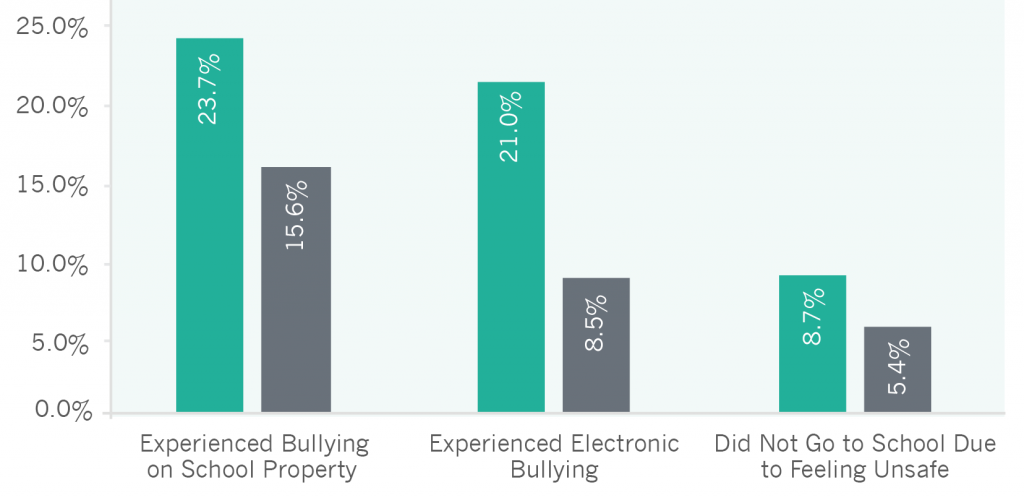
Violence & Safety
Over the last few decades, the nation has made considerable progress in addressing the violence and abuse many women experience at the hands of partners, acquaintances, and strangers. Despite this progress, threats to women’s safety continue to profoundly affect their economic security, health, civic engagement, and overall well-being. For many women, experiences with violence and abuse make it difficult to pursue educational opportunities (Riger et al. 2000) and to perform their jobs without interruption (Logan et al. 2007; Riger et al 2000). This report examines many of the major topics that advocates in this area have prioritized, including intimate partner violence and abuse, rape and sexual assault, stalking, workplace violence and sexual harassment, teen dating violence and bullying, gun violence, and human trafficking.
View All State Rankings See Key Indicators| Best | Worst |
|---|---|
| - | - |
| - | - |
| - | - |
| - | - |
| - | - |



